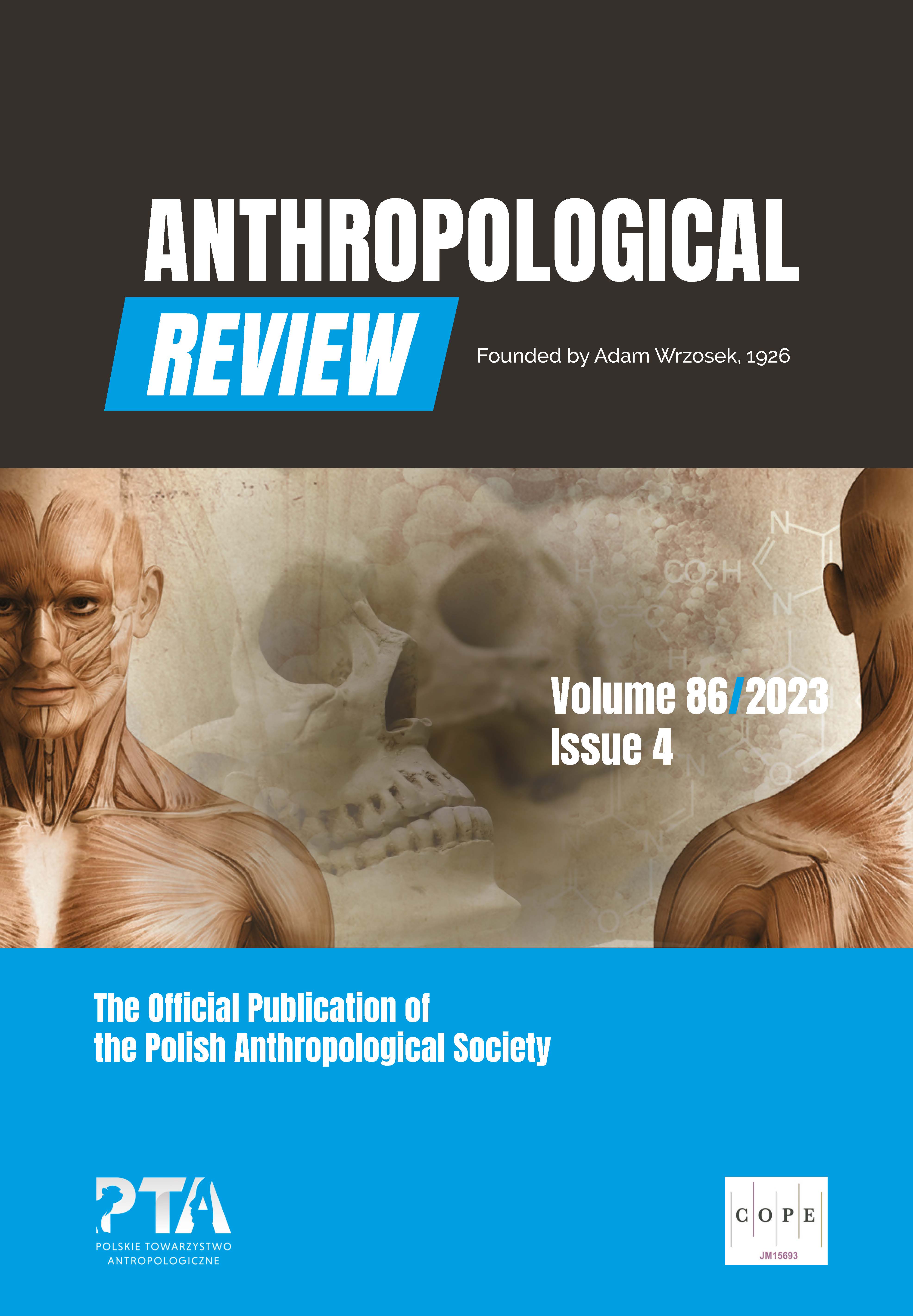The diet of the human groups buried in a late- and post-Medieval rural parish cemetery in Libkovice (Czech Republic)
The diet of the human groups buried in a late- and post-Medieval rural parish cemetery in Libkovice (Czech Republic)
Author(s): Aleksandra Karykowska, Paweł Konczewski, Barbara Kwiatkowska, Joanna Witan, Aleksandra Lisowska-Gaczorek, Krzysztof SzostekSubject(s): Anthropology, Archaeology, Cultural Anthropology / Ethnology, Health and medicine and law
Published by: Wydawnictwo Uniwersytetu Łódzkiego
Keywords: human remains; isotopic analyses; rural communities; late- and post-Medieval period; Central Europe
Summary/Abstract: Libkovice is a village in the northwestern Czech Republic that was demolished at the end of the last century due to the expansion of a nearby mine. The former church cemetery has been a subject to bioarchaeological excavation and research, where some 850 burials from the 13th to the 19th Century have been discovered so far. With the application of stable isotope analysis, it has also been possible to uncover the dietary patterns of this exemplary rural Central European community, which was the aim of this study.The materials analysed here consist of samples from long bones of 56 burials and 18 animal bones discovered in Libkovice during the 2019/21 excavations. It has been employed stable carbon (δ13C) isotope analysis to determine the average contributions of foods derived from the C3 plants.Statistically significant differences were found between the analyzed fauna and human samples for nitrogen (F=47.4 p<0.05) and carbon (F=19.18 p<0.05). There were no statistically significant differences in the analyzed animal and human samples between the specify centuries. When considering the ages of various human individuals, the results indicated statistically significant differences in nitrogen isotopes (F= 7.71 p<0.05) between children from the infants I group and older children together with adults from the Middle Ages, as well as between children from the infants I group and adults (F= 3.3, p<0.05) from the modern times. The proportion of food from C3 plants that made up the diets of the studied population was on average 89%, and the potential proportion of freshwater fish in the diet could be higher than 80%.The similarity between the chronologically diverse groups may indicate similar strategies for food acquisition. The results obtained for the population of Libkovice are very similar to the diets of the populations living in Central Europe broadly during the two periods.
Journal: Anthropological Review
- Issue Year: 86/2023
- Issue No: 4
- Page Range: 25-43
- Page Count: 20
- Language: English

